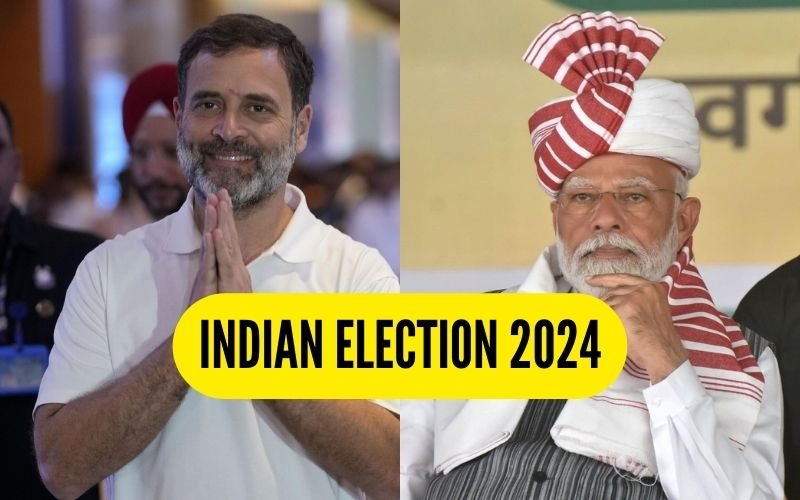
Dalal Street sway predictions for India’s next Prime Minister?
After four phases of the 18th Lok Sabha election, there’s considerable discussion surrounding the relatively low voter turnout. Dalal Street appears apprehensive, the opposition led by INDIA sees an opening, and the incumbent Bharatiya Janata Party (BJP) is rallying around its ambitious 400-seat target. However, the central question remains: Does the theory of low voter turnout hold weight, and if so, will it impact the outcome significantly by June 4?
Initially, both voters and investors seemed content with the expected turnout for the Lok Sabha polls, up until April 19. However, as the election progresses, the stock market’s confidence has waned, political rhetoric has become more contentious, and even seasoned election analysts are less certain about the eventual outcome compared to just weeks ago.
Various factors, including a heatwave and the absence of a galvanizing issue akin to the national security focus in 2019, have been cited by psephologists to explain the perceived low voter turnout. The Election Commission of India has also expressed concern over the lackluster participation.
To assess the validity of claims regarding low voter turnout, it’s essential to examine recent historical data, particularly from the 2014 and 2019 elections. In 2014, when Prime Minister Narendra Modi secured his first term, voter turnout reached a then-record 66.4 percent. By 2019, during the NDA government’s bid for reelection, the electorate’s participation surged to a new high of 67.4 percent.
For the ongoing election, the voter turnout percentages for the first three phases stand at 66.14 percent, 66.71 percent, and 65.68 percent, respectively. Comparisons with the 2019 elections are common but perhaps unfair, as analysts suggest a more apt comparison would be with the turnout in 2014, given the similar circumstances of deciding the government’s fate after a decade in power.
According to analysts at Bernstein, despite variations across different regions and phases, the overall trend does not indicate a significant deviation from past elections. While 19 states have witnessed a decrease in turnout compared to 2019, only five have seen an increase. Compared to 2014, 15 states have seen a decline, and seven have experienced an increase.
Bernstein’s report outlines three scenarios to gauge the potential impact of reduced voter turnout on the election outcome. The first two scenarios assume an anti-incumbency sentiment prevailing, with varying degrees of voter decline. Even with a minor decrease, the BJP maintains a lead, albeit with reduced margins. However, a more significant drop in turnout could lead to a closer contest or even a hung assembly, especially considering the consolidated opposition this time around.
In the final scenario, where there’s a decline in turnout but minimal anti-incumbency sentiment, the BJP’s lead remains substantial despite challenges.
Ultimately, Bernstein suggests that a mere decrease in voter turnout may not suffice to alter the electoral dynamics significantly, emphasizing the need for substantial shifts in voter sentiment to impact the election outcome.



